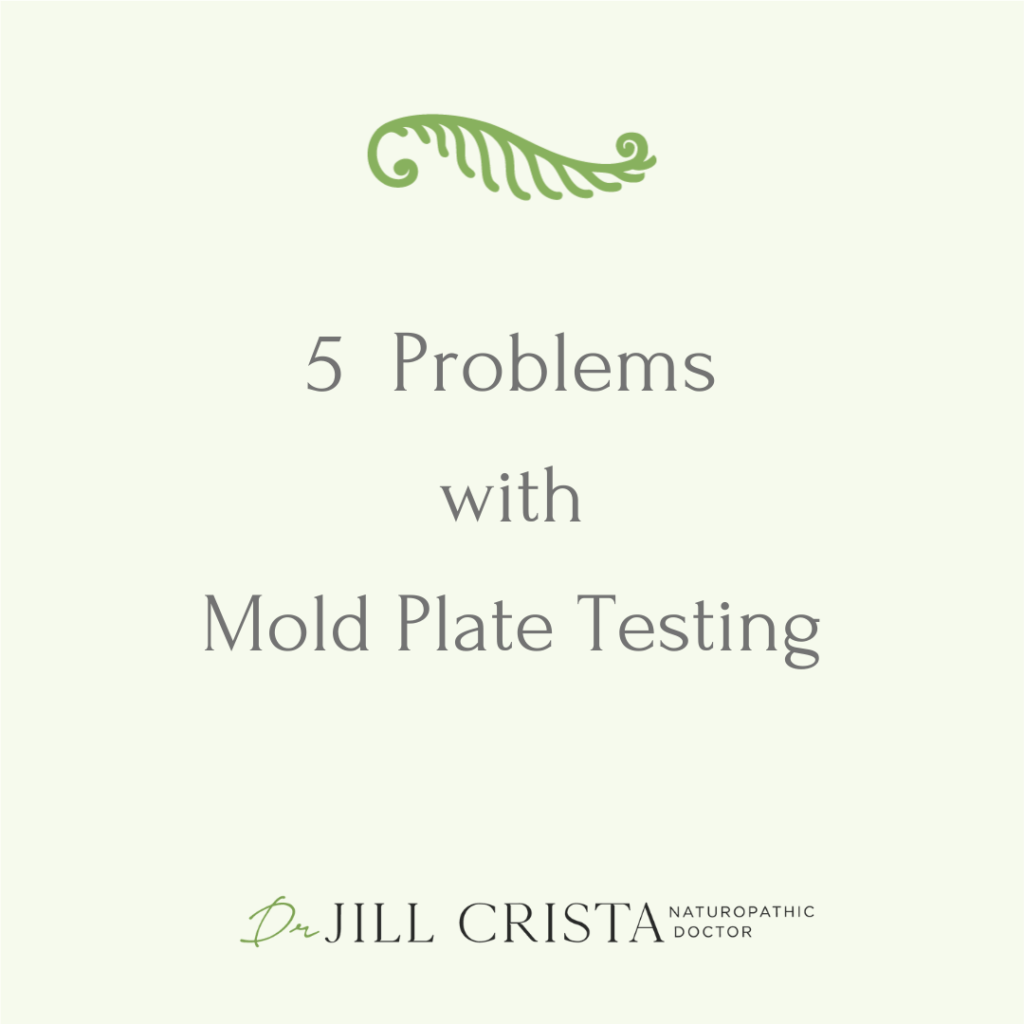5 Problems with Mold Plate Testing


- Not all culture media grow all molds
- Fast-growing molds eat all the food before slow-growing molds (Stachybotrys) can grow
- Only grows viable (living) spores, not non-viable (dormant) spores
- Only traps airborne spores, not sticky ones like Stachybotrys
- Give a false sense of confidence that a space is mold-free
I try to stay in my lane as a body expert. But I just have to step out of my lane for a minute.
This must be said!
Mold testing plates are problematic. They are NOT reliable enough to rely upon as a sole method of testing.
I’ve now had the 3rd consultation in a short span of time where a family used mold plates to determine whether their homes were safe, and are now dealing with a severe illness as a result of mold. This time it’s leukemia in a child.
My heart can’t take it anymore!
Please please please do NOT rely upon a mold plate test. If you’re going to use it, make it a part of a comprehensive assessment.
If the mold plate test looks bad, you have more investigation to do.
If the mold plate test looks good, you still may have a mold problem.
ps – Because I know I’m not a building expert, all 5 points have been verified by certified building inspectors, scientists who make the mold plate agar media, and research studies.
Citation:
Birgitte Andersen, Anita Thrane Nissen,
Evaluation of media for detection of Stachybotrys and Chaetomium species associated with water-damaged buildings,
International Biodeterioration & Biodegradation,
Volume 46,
Issue 2,
2000,
Pages 111-116,
ISSN 0964-8305,
https://doi.org/10.1016/S0964-8305(00)00092-5.
This content is health information and not intended as personal medical advice. Viewing will not establish a doctor-patient relationship. It is not intended to diagnose, treat, cure or prevent any disease or medical condition. The information discussed is not intended to replace the advice of your healthcare provider. Reliance on information provided by Dr. Jill Crista, employees, or others appearing at the invitation of Dr. Crista is solely at your own risk.
